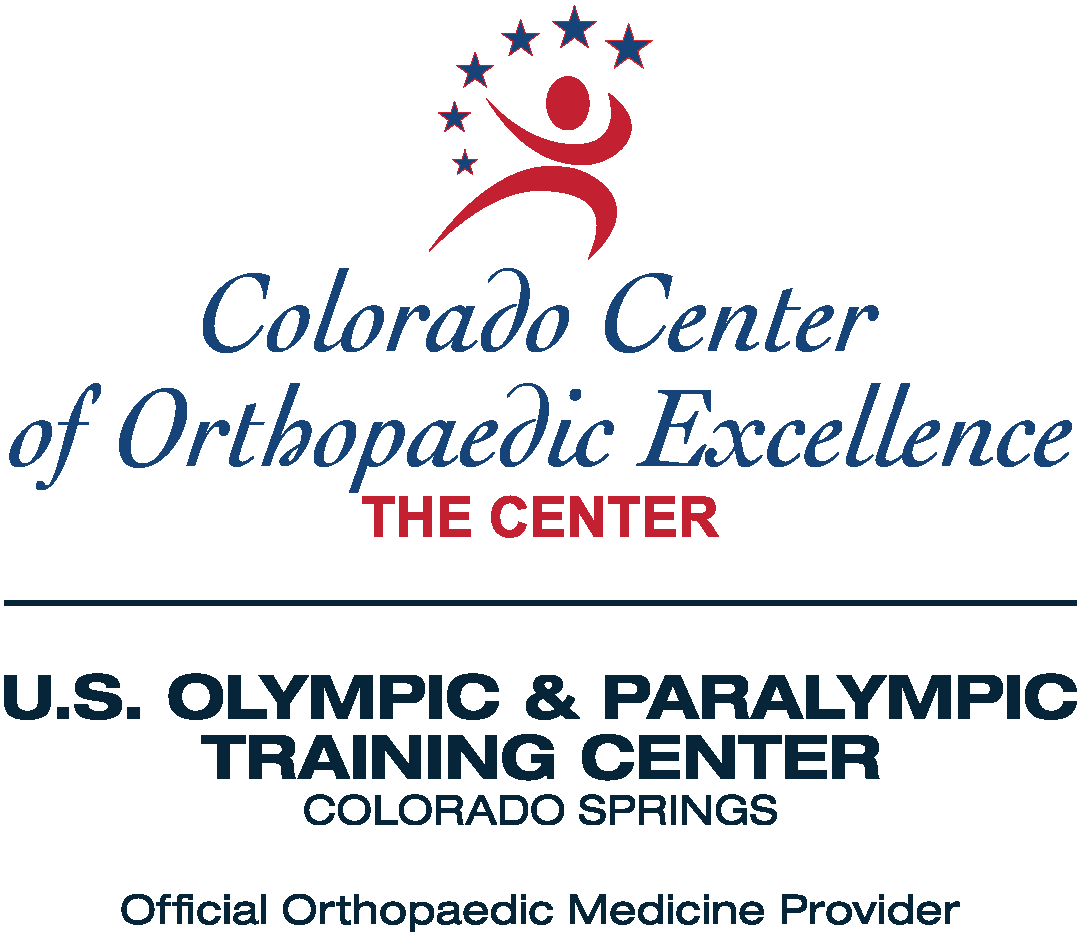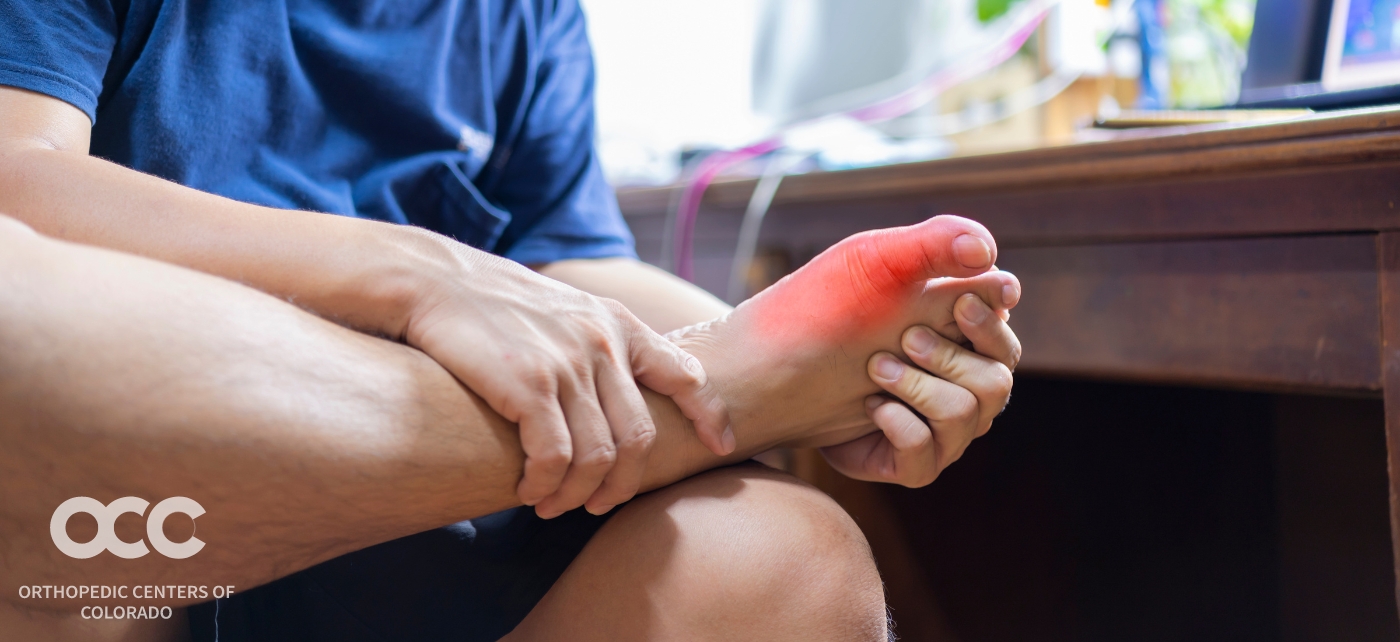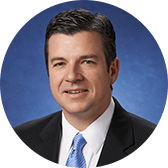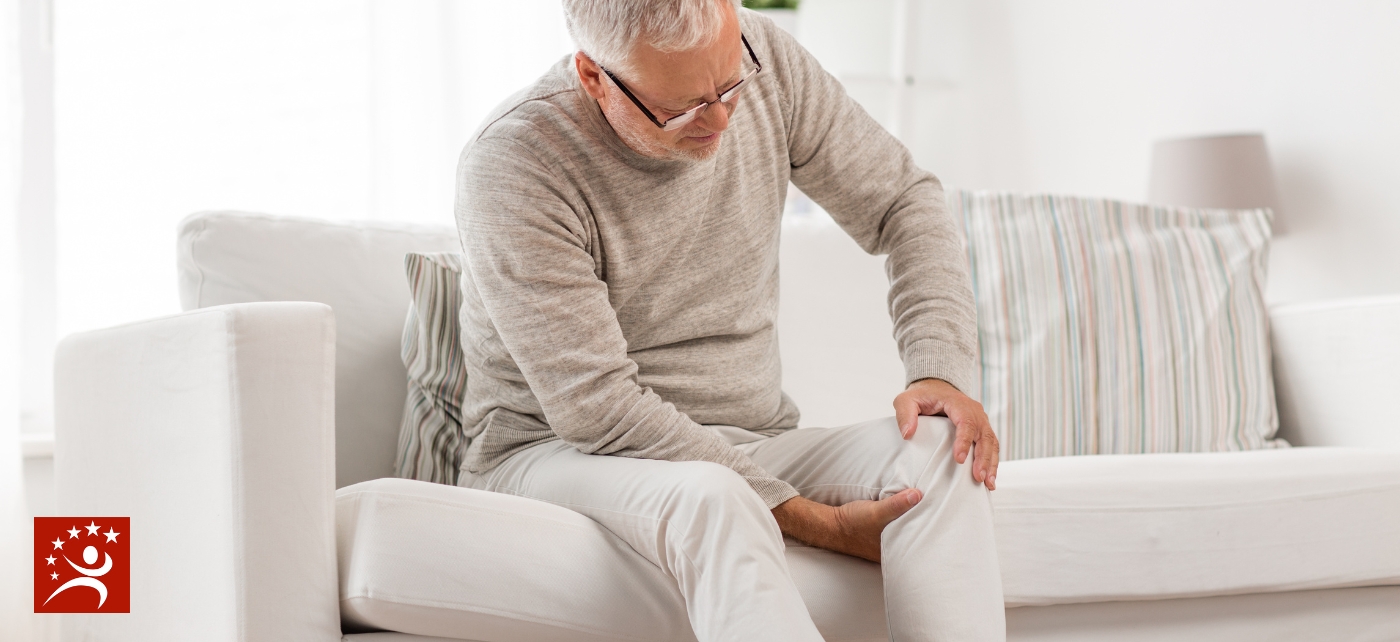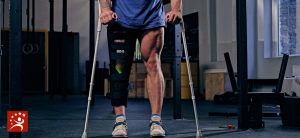Although largely related to football players because of the “turf” reference, turf toe can happen to anyone, causing tears or sprains around the big toe joint. If severe enough, it can cause pain and other disabling symptoms and sideline anyone with a turf toe injury from functioning in day-to-day activities. Turf toe requires patience and time to achieve a full recovery. That is why it is important to consult with an orthopedic specialist at the Colorado Center of Orthopaedic Excellence in Colorado Springs, Colorado before the damage from the injury can progress.
OVERVIEW
Turf toe, also called a metatarsophalangeal joint sprain, is an injury in the big toe joint when ligaments, tendons, and soft tissues in the joint stretch or tear. Turf toe injuries increased in the 1970s when many American Football teams began playing on artificial turf instead of natural grass. Artificial turf is harder and less shock-absorbent. There seems to be an increase in the occurrence of turf toe injuries, possibly because of the use of more flexible, lighter shoes, which change the interaction of the foot to the surface. As many as 45 percent of NFL players experience turf toe.
ABOUT THE TOE
The big toe has 2 joints. The metatarsophalangeal (MTP) joint is the largest of these. This is where the first long bone of the foot (metatarsal) connects with the first bone of the toe (phalanx). Important structures surround this joint and hold it in place. These include fibrous tissues under the MTP joint, ligaments located on the side of the big toe, a tendon that runs under the first metatarsal bone, and 2 tiny bones called sesamoids that help this tendon move. Together, these supporting structures form the plantar complex. When these structures are put at a mechanical disadvantage, turf toe injuries can occur.
WHAT IS TURF TOE?
Turf toe happens when the big toe is bent at a 90-degree angle and pressed flat against the ground. Usually, the heel is high off the ground, like a sprinters starting position. Putting too much force on the big toe when pushing off, it can hyperextend beyond its natural range of motion causing the ligaments, tendons, and soft tissues in the joint to stretch or tear. One can get this type of injury doing any activity that involves putting a lot of weight on the big toe. Professional athletes are most prone to turf toe because they’re constantly running, jumping, and generally putting weight on their feet for long periods. Because turf toe can damage any part of the plantar complex causing mild to more severe injuries, a grading system is used to classify them. The grade helps determine the most effective treatment plan.
TYPES OF TURF TOE INJURIES
- Grade 1: Typically, soft tissue is stretched but not torn. The area is sensitive when touched. It may be mildly swollen. One might have mild limitations with sports and exercise abilities.
- Grade 2: The soft tissue complex partially tears. The area has intense and more diffuse tenderness and is often swollen and bruised. One will be more limited with sports and exercises.
- Grade 3: Soft tissues are completely torn. The MTP joint may be dislocated. Swelling and pain in the toe are severe. It’s very difficult to move the toe, let alone exercise or play sports.
CAUSES
Typically with turf toe, the injury is sudden. It is most commonly seen in athletes playing on hard artificial surfaces to which cleats are most likely to stick. It can also happen on a grass surface, especially if the shoe being worn doesn’t provide adequate support for the foot. Turf toe happens when each subsequent step is started by raising the heel and letting body weight come forward onto the ball of the foot. At a certain point, someone propels themselves forward by pushing off one big toe and allowing that weight to shift to the other foot. Turf toe is the result of the toe staying flat on the ground and not lifting off. If, when tackled or falling forward, the toe stays flat, the effect is the same. That hyperextension, repeated over time or with enough sudden force, can cause a sprain in the ligaments that surround the joint, causing turf toe injuries. In addition to football, sports commonly associated with turf toe are rugby, soccer, martial arts, basketball, wrestling, gymnastics, or dance. It is also seen in patients who are avid runners or walkers and those who have to squat and get up repeatedly or climb ladders during the day due to their jobs.
SYMPTOMS
The symptoms of turf toe develop slowly and gradually get worse over time especially if it’s caused by repetitive injury. If it’s caused by a sudden forceful motion, the injury can be painful immediately and worsen within 24 hours. Other symptoms include:
- Soreness to the touch
- Swelling in the front of the foot
- Bruising in the front of the foot
- Inability to bend your big toe down
- A loose toe joint that dislocates
- Inability to put weight on your toe
- A “popping” sensation
NON-SURGICAL TREATMENTS
Most Grade 1 and 2 turf toe injuries usually get better with non-invasive treatments. The following may be recommended:
- A combination of rest, ice, compression, and elevation (R.I.C.E.)
- Anti-inflammatory drugs (NSAIDs) such as ibuprofen to control pain and reduce inflammation
- Taping or strapping the big toe to the toe next to it to relieve stress on it
- Immobilizing the foot in a cast or special walking boot
- Crutches so that no weight is placed on the injured joint
- Orthotics-special insets that fit into shoes
- Physical therapy that includes exercises and stretches to help the toe heal
WHEN IS SURGERY INDICATED?
Surgery is often not necessary for treating turf toe. However, if symptoms persist or the level of athletic play is affected, surgery may be an option. Doctors most often recommend surgery for larger Grade 3 injuries, such as:
- A severe tear of the plantar complex
- Fracture of the sesamoid
- Vertical instability (unusual up and down motion) of the MTP joint
- Loose bony chip in the joint
- Damage to the cartilage of the joint
- A new or worsening bunion (turning outward of the big toe)
The surgical procedure will vary according to the injury. The aim of surgery is to repair the soft tissues and restore the MTP joint motion to preserve normal function. If left untreated, turf toe can cause bone spurs to develop around the toe joint that may need to be surgically removed. Removing the spurs can bring pain relief, but often this does not address the cause of the bone spurs, and arthritis can still result.
GETTING THE RIGHT DIAGNOSIS. GETTING THE RIGHT DOCTOR.
If you feel pain in your big toe during sports or activities, never ignore the pain or try to push through it. Doing so can make an injury worse. The sooner you see an experienced orthopedic specialist, the better the outcome will be. At the Colorado Center of Orthopaedic Excellence in Colorado Springs, Colorado, you can be assured you’ll be treated by the best and most highly trained surgeons. To begin, your surgeon will perform a thorough exam that includes how you injured the toe and your history of foot problems. Imaging often helps to diagnose turf toe as well, in which case they will likely ask for an X-ray to rule out any other damage of fracture or imaging tests such as a bone scan, CT scan, or MRI. At CCOE, their treatment goal is to get you out there and back on the field, taking every step to keep the injury from reoccurring. The first step is up to you. Schedule an appointment today.
